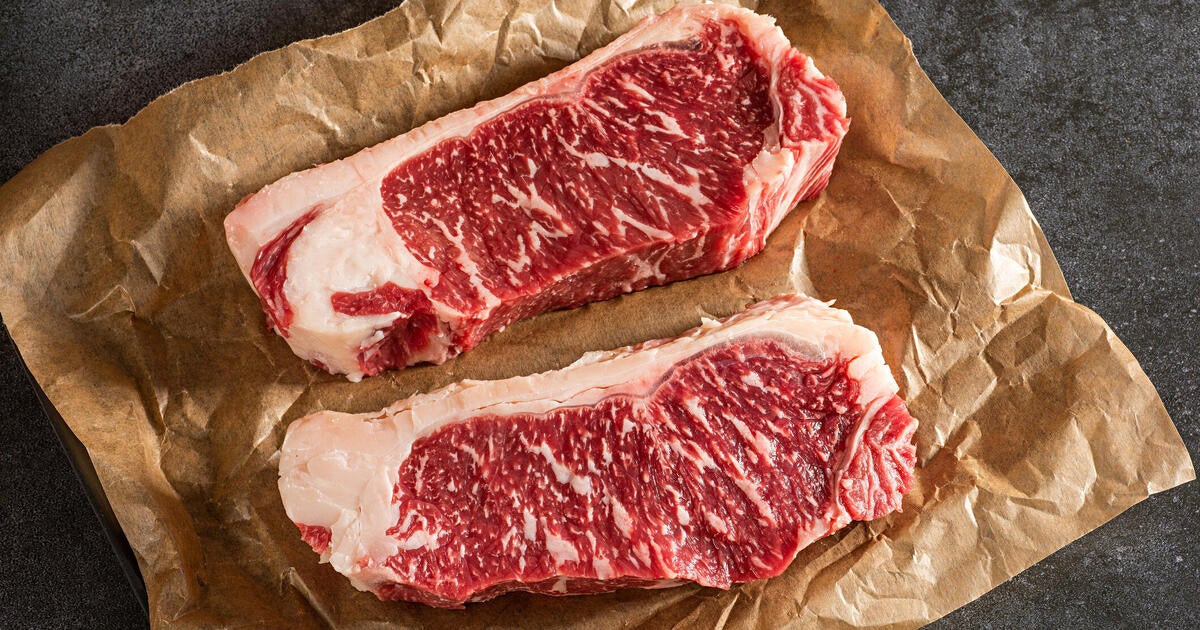
Iron is a vital mineral that supports bodily functions, but getting it from red meat can also come with some negative health effects.
For example, research has shown eating more than one serving of red meat per week is associated with a higher risk of Type 2 diabetes. A study from earlier this year also found processed red meats are linked to increased risk of diseases, including cancer and dementia.
And yet, a survey from Boston’s Brigham and Women’s Hospital last year found nearly a third of Americans could have undiagnosed iron deficiency, which can cause symptoms including fatigue, palpitations, headaches, brain fog and restless legs.
So how can you get the recommended dietary allowance of iron — about 8 milligrams for adult males and 18 milligrams for adult females — per day?
Even if you’re skipping red meat, there are plenty of iron-rich foods to add to your plate, registered dietitian nutritionist Meggie Connelly told CBS News.
Best sources of iron other than red meat
Connelly’s suggestions for plant-based iron sources include:
- Lentils
- Beans
- Tofu
- Pumpkin seeds
- Spinach
Certain seafoods are also great choices, she added, including:
Qianzhi Jiang, a registered dietitian and owner of The Nutrition Changer, said another important source of iron in the United States if fortified breads and cereals. According to the National Institutes of Health, about half of dietary iron comes from bread, cereal and other grain products in the U.S.
Iron found in plant-based sources like nuts and beans, however, need to be transformed before our bodies can absorb it, Jiang explained, adding it’s best to pair plant-based iron with vitamin C-rich foods to boost absorption.
Still worried you’re not getting enough iron?
Supplements are another option to consider after consulting your doctor, experts said.
“Supplements should be viewed as supplemental sources of vitamins and minerals. We should prioritize meeting nutritional goals from natural food sources,” Jiang said. “This helps us get the most benefits of all sorts of nutrients while minimizing the risk of overconsumption.”



